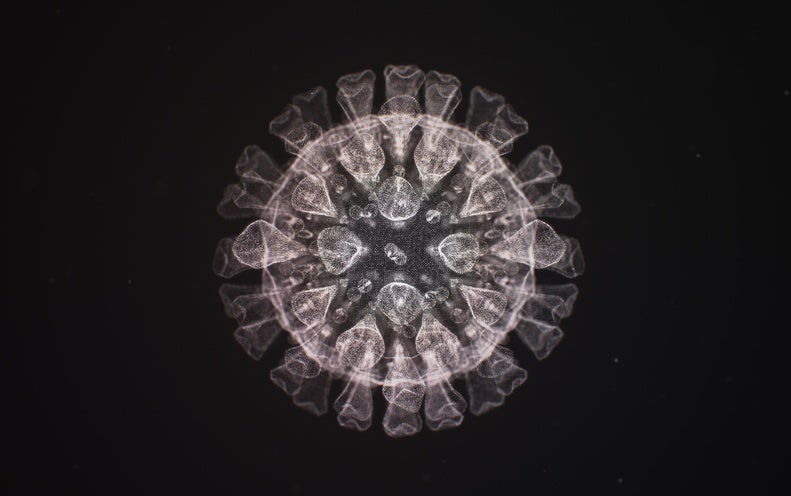You are here
ANALYSIS: Coronavirus Variants Don't Seem to Be Highly Variable So Far
Primary tabs
ANALYSIS: Coronavirus Variants Don't Seem to Be Highly Variable So Far
Thu, 2021-03-25 17:16 — mike kraft The Coronavirus Variants Don't Seem to Be Highly Variable So Far SARS-CoV-2 may be settling into a limited set of mutations Scientific American
The Coronavirus Variants Don't Seem to Be Highly Variable So Far SARS-CoV-2 may be settling into a limited set of mutations Scientific American ...
There now appear to be more than a dozen versions of SARS-CoV-2, which are of varying degrees of concern because some are linked to increased infectivity and lethality while others are not. It’s easy to be overwhelmed by this diversity and to fear that we’ll never achieve herd immunity. Yet evidence is growing that these variants share similar combinations of mutations. This may not be the multifront war that many are dreading, with an infinite number of new viral versions.
I am an evolutionary microbiologist who studies how bacteria and viruses adapt to new environments or hosts. Like many microbiologists, my colleagues and I have turned our attention to understanding how SARS-CoV-2 is evolving adaptations for reproducing and transmitting in humans. Our favorite laboratory method is experimental evolution, where we grow multiple populations of microbes started from the same strain under identical conditions for weeks or months. We study problems like how antibiotic resistance evolves and how infections become chronic. The power of this method is that using multiple populations allows us to “replay the tape of life” and study how repeatable and ultimately predictable evolution might be.
One pattern we see is called convergent evolution, where the same trait emerges in different independent lineages over time, usually as they adapt to similar environments. Some of the best examples of convergent evolution include the sandy color of diverse desert animals; lobed swimming fins for whales, walruses, and manatees (which are actually distantly related); and even the ability for humans to digest lactose into adulthood, which arose several times in geographically isolated populations.
In the case of SARS-CoV-2, the complete genome sequences of viruses from thousands of patients enable us to look for convergent patterns. While most mutations are one-offs that go extinct, some establish new lineages that become more frequent as the virus succeeds in replicating and infecting many people. If the same part of the virus repeatedly mutates in different samples around the world and becomes more frequent, this mutation very likely encodes an adaptation that helps the virus reproduce and transmit.
With the benefit of increased genome surveillance of the coronavirus, several recent studies have identified signatures of convergent evolution. Here in the U.S. our laboratory found at least seven genetically independent lineages that acquired a mutation at one particular spot on the virus’s infamous spike protein, the one it uses to latch onto human cells. ...

Recent Comments